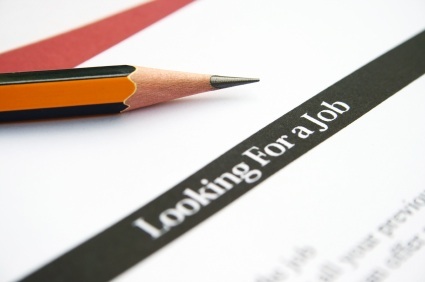
When it comes to writing resumes, we are all confronted with the same, universal challenge. We have to articulate our experience and convey our personalities in a way that "sells" the reader on our "product," (which is us). To further complicate matters, we have to do this with only an 8 1/2 x 11 sized piece of paper and some ink (or its electronic equivalent).
 Consider then, if you will, the outer packaging of your average, everyday consumer product, because that's what a resume is -- a package presenting you as the product. The problem however, is that unlike other basic marketing tools where you have graphics, colors, shapes, images, and words to entice users, all you have in marketing yourself on a resume are your words. So how can you use them in a way that generates "buyer interest?"
Consider then, if you will, the outer packaging of your average, everyday consumer product, because that's what a resume is -- a package presenting you as the product. The problem however, is that unlike other basic marketing tools where you have graphics, colors, shapes, images, and words to entice users, all you have in marketing yourself on a resume are your words. So how can you use them in a way that generates "buyer interest?"
First, as with any product on the market, you have to convince the customer, who in this case is a hiring or HR manager, that what you have is going to help him or her in some way, shape or form. That can be tricky though when you are attempting to show what you have to offer in the future using words that describe what you've done in the past. So you need to define your former experience by describing each accomplishment in a way that shows the reader you contributed to the company's success in a clear and tangible way. Ideally, you're able to do this in quantifiable terms because numbers convey results in a way that words can't.
Second, do not write a tome. Try to keep bullets to one line and the resume to one page, two -- max. Three, four and five page resumes are simply unrealistic. No one reads them. No offense. There is just not enough time in the day, especially during this age of 24/7 information overload.
Third, speak in business terms. Don't let your personal sense of accomplishment overshadow the effects that they had on the business. Always make sure you are connecting the two.
Fourth, make it visually pleasing. Don't cram a tiny font onto the page or use a fancy, shmancy alternative that is hard to read. I've had resumes come to me with such curlicue lettering that the words were impossible to decipher.
Fifth and finally, take advantage of the cover letter to show your personal flair and communicate your personality. In other words, this is where you want to let your style shine.
Meanwhile, if you care for a little warm up...
1. Write up a product description for yourself. Make two columns on a piece of paper and write your features on one side and benefits on the other. Doing so should help you define yourself in a sellable way, while maintaining an appropriate and accurate reflection of who you are. If you get stuck, look at a product's packaging and see how the product's performance is described.
2. Take a page out of the Twitter handbook. Try to write your resume in one tweet. If you don't, (Twitter, that is) all it means is, see if you can write a blurb about yourself in 140 characters or less. If nothing else, Twitter is one of the best editing exercises around. It's like a puzzle that helps you distill and condense your thoughts whether you want to or not.
Image: iStockphoto
Find Donna on Facebook and Krysalis.com